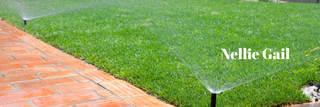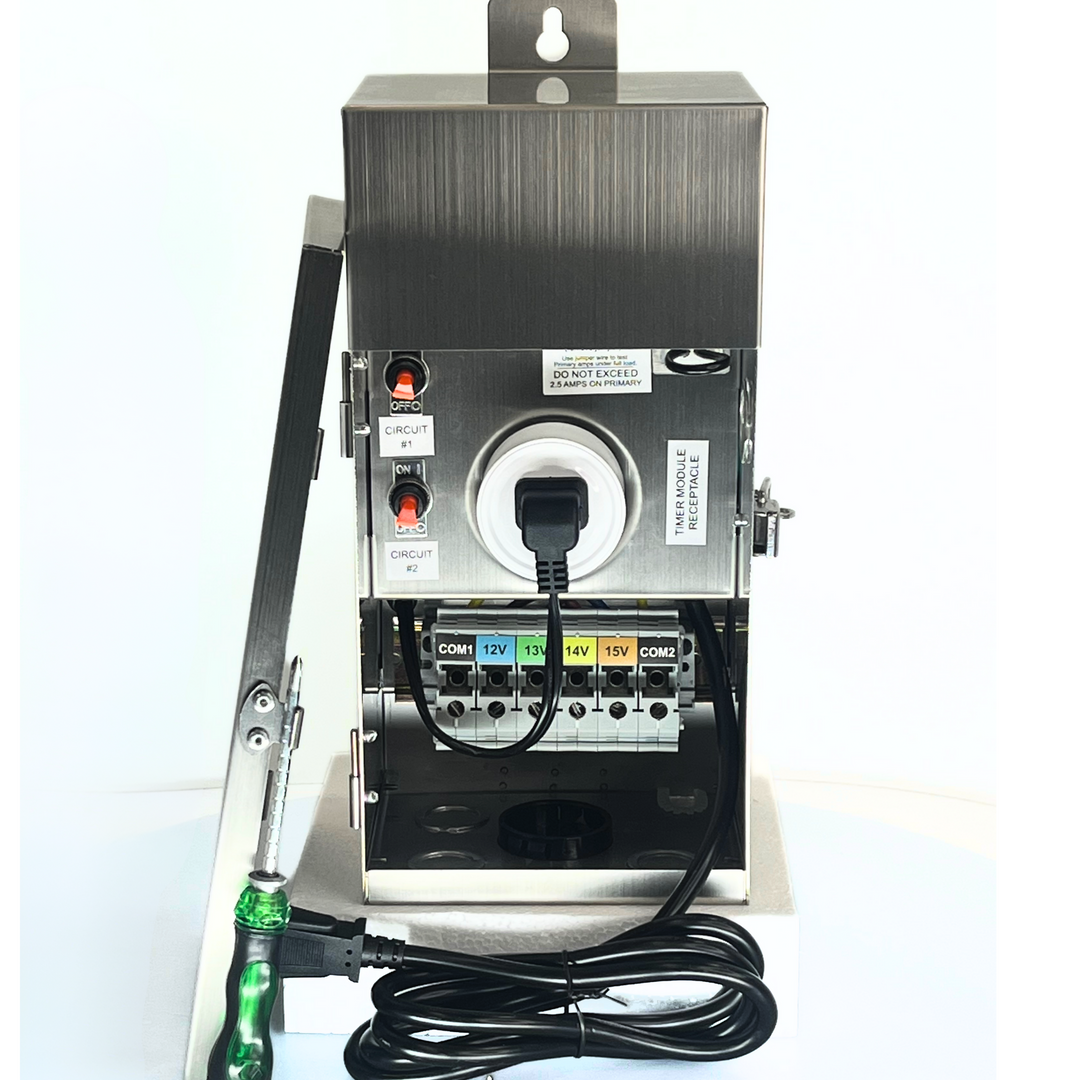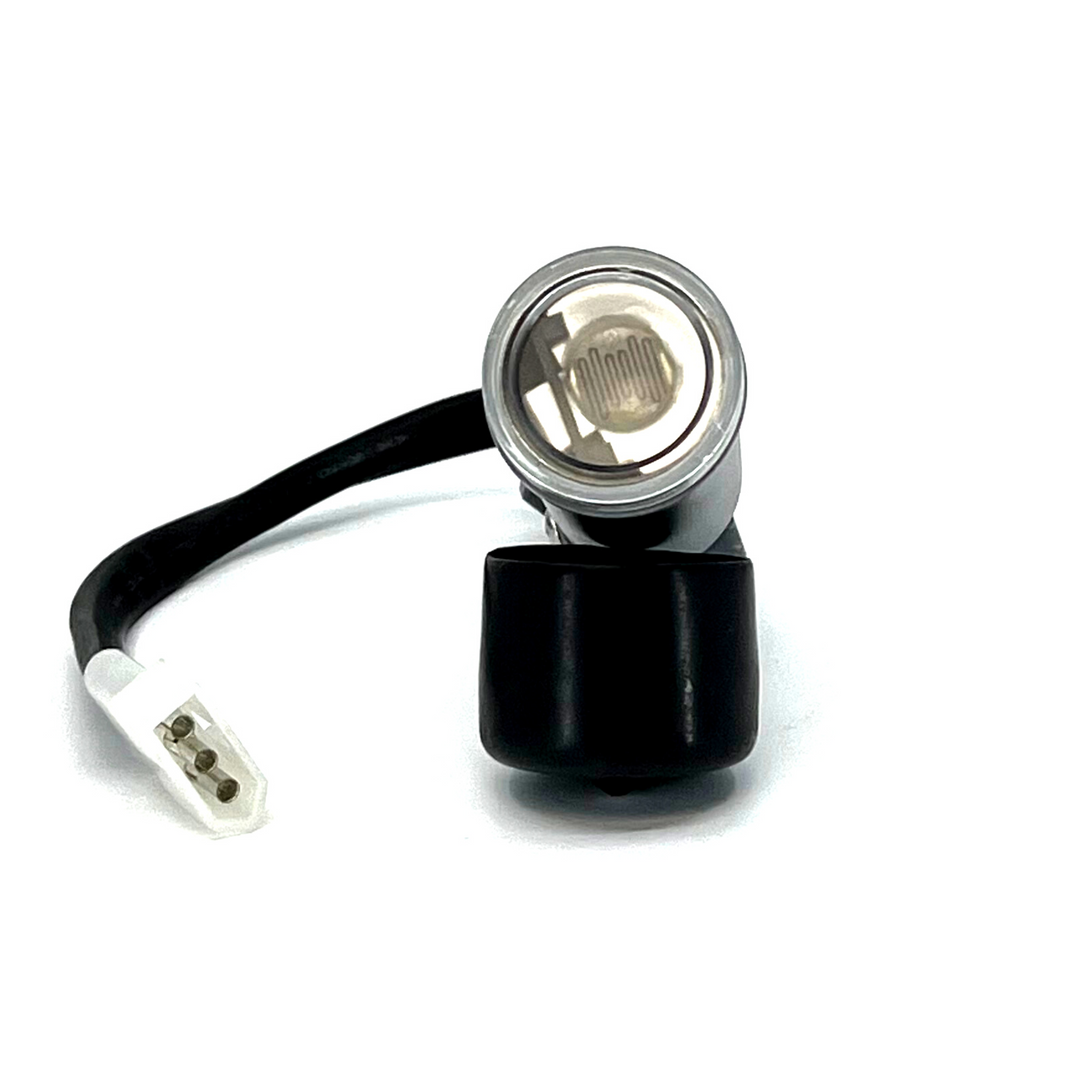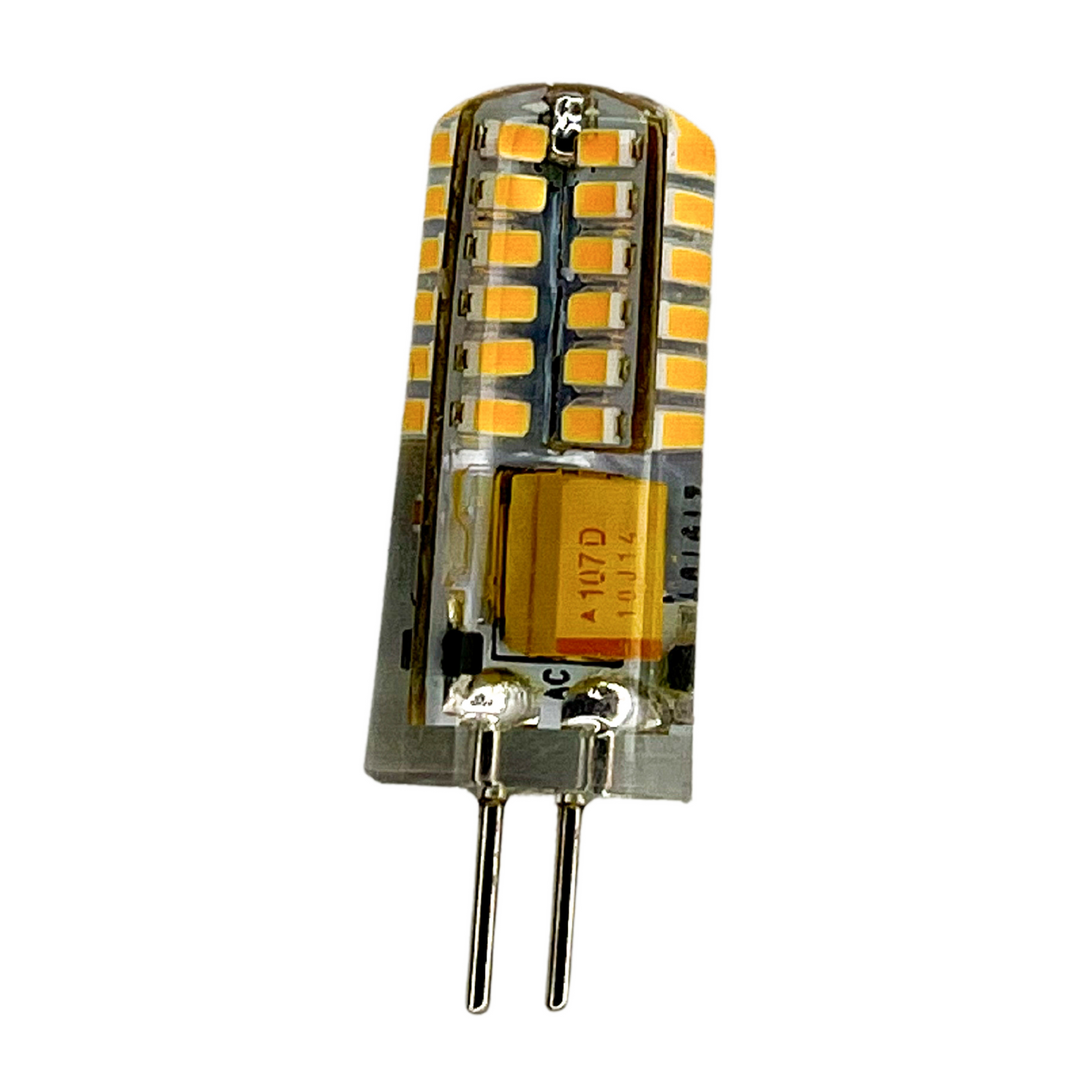
Sprinkle Some Magic on Your Lawn: In-Ground Sprinkler Repair Near You
|
|
Time to read 6 min
Maintaining a lush, vibrant lawn is almost a magical process, where every drop of water counts. The hidden hero behind this greenery is often an in-ground sprinkler system, quietly and efficiently nurturing your lawn. However, like any well-oiled machine, it requires attention and care to keep performing at its best. This guide dives into the world of in-ground sprinkler repair, ensuring your lawn remains a verdant oasis.
In-Ground Sprinkler Repair Near You: Understanding In-Ground Sprinkler Systems
In-ground sprinkler systems are marvels of engineering designed to deliver precise amounts of water to your lawn. They consist of a network of pipes, valves, and sprinklers that work together to hydrate your lawn efficiently. These systems can be tailored to the unique contours and needs of your landscape, ensuring that water is distributed evenly, reducing waste and promoting healthy growth.
Types of Sprinkler Heads
• Rotor Heads: Ideal for large, open areas, rotor heads release water in a circular pattern and can cover great distances.
• Spray Heads: Best suited for smaller areas, these heads provide a fixed spray pattern that saturates the ground quickly.
• Drip Irrigation: A water-conserving option that delivers water directly to the roots of plants, minimizing evaporation and runoff.
Programming for Efficiency
Modern systems come with programmable controllers that allow you to set watering schedules based on the time of day, day of the week, and even weather conditions. This smart technology helps in conserving water while ensuring your lawn receives the right amount of moisture it needs to thrive.
Signs Your Sprinkler System Needs Repair
The first step in maintaining this harmony is recognizing when things go awry. Look out for brown patches indicating uneven watering, visible leaks that betray damaged pipes, or sprinkler heads that refuse to pop up.
The efficiency of an in-ground sprinkler system is paramount to lawn health. Early signs of system failure include:
• Erratic Sprinkler Patterns: Sprinklers that sputter or spray in inconsistent patterns can leave parts of your lawn parched.
• Unexplained Increase in Water Bills: A sudden spike in your water bill might indicate a leak in the system.
• Soggy Patches or Erosion: Over-watering can lead to soggy patches, which can harm your lawn's root system and lead to soil erosion.
Common Sprinkler System Issues and Solutions
Leaks and blockages often take the spotlight in sprinkler woes. A vigilant eye on water pressure and the condition of each sprinkler head can preclude many common issues. When leaks do occur, they often stem from worn-out valves or cracked pipes, demanding prompt action to prevent water wastage and lawn damage.
Clogged Nozzles and Pipes: Over time, dirt and debris can clog sprinkler heads and pipes. Regular cleaning and inspection can prevent clogging. If a blockage is detected, turn off the system, remove the nozzle, and flush it with water.
Leaky Valves: Valves control the flow of water through the sprinkler system. Signs of a leaky valve include water pooling around the valve box. Replacing the valves or the valve diaphragm can usually fix this issue.
Damaged Pipes: Lawn equipment, tree roots, and shifting soil can damage underground pipes. To repair, dig around the damaged area, cut the damaged section out, and replace it with a new piece, securing it with couplings and clamps.
DIY Sprinkler Repair Tips
For the hands-on homeowner, many sprinkler system repairs are within reach. Replacing a damaged sprinkler head, for instance, can be as straightforward as unscrewing the old one and installing a new unit. Adjusting the arc and angle of the heads ensures optimal coverage, preventing those telltale dry spots.
Engaging in DIY repairs can be both satisfying and cost-effective. Here are some tips for common repairs:
• Adjusting Sprinkler Heads: Ensure each head is properly aligned and not obstructed by grass or debris to achieve uniform coverage.
• Replacing Sprinkler Heads: Unscrew the damaged head, apply plumber's tape to the threads of the new head, and screw it into place.
• Checking for Leaks: Regularly inspect the system for leaks, particularly at the start of the watering season. Small leaks can often be repaired with waterproof tape or sealant.
Frequently Asked Questions
Maintaining a lush, vibrant lawn requires not just dedication but also the right knowledge and tools, especially when it comes to your in-ground sprinkler system. To help you better understand and manage common issues, we've compiled a list of frequently asked questions. These FAQs are designed to address concerns not covered in the main article, providing you with a broader understanding and more practical tips for keeping your sprinkler system in top condition.
How do I know if my sprinkler system is watering evenly?
To ensure your sprinkler system is watering evenly, conduct a catch cup test. Place several catch cups (or any small, flat-bottomed containers) around your lawn, run your sprinkler for a set period, and then measure the water in each cup. Significant variations in water levels indicate uneven watering, which may require adjusting sprinkler heads or water pressure.
Can I add more zones to my existing sprinkler system?
Adding more zones to your sprinkler system is possible but depends on the capacity of your current system and the design of your lawn. It's a complex process that involves evaluating your lawn's watering needs, the capacity of your current pump, and possibly upgrading your controller. Consulting with a professional is recommended to assess feasibility and ensure proper installation.
What's the best time of day to water my lawn with a sprinkler system?
The optimal time to water your lawn is early in the morning, just before sunrise. This timing reduces water loss due to evaporation and wind, ensuring maximum water absorption by the soil. Watering in the early morning also helps prevent lawn diseases by allowing the grass to dry out during the day.
How can I conserve water while using my sprinkler system?
To conserve water with your sprinkler system, consider the following tips:
• Regularly check for leaks and repair them promptly.
• Install a rain sensor to prevent watering during or after rainfall.
• Use a smart controller that adjusts watering based on weather conditions.
• Ensure sprinkler heads are correctly aligned and not watering non-grassy areas.
How often should I replace sprinkler heads?
Sprinkler heads should be replaced every 5 to 10 years, depending on their condition and the quality of water in your area. Hard water or water with high mineral content can cause more frequent blockages and wear, necessitating earlier replacement.
What should I do if my sprinkler system won't turn off?
If your sprinkler system won't turn off, the issue could be with the valve, controller, or solenoid. First, try manually turning off the valve to stop the water flow. If that doesn't work, disconnect the power to your sprinkler system and check the controller settings. If the problem persists, you may need to replace the solenoid or consult a professional.
When to Call the Professionals
While many repairs are manageable, certain situations call for a professional touch. Complex issues like deep underground leaks or electrical faults in the system's controller are best left to experts. Professional maintenance plans can also offer peace of mind, ensuring your system receives the comprehensive care it needs year-round.
Maintaining Your Sprinkler System
Regular maintenance is the key to longevity for your in ground sprinkler system. Seasonal checks, from spring startups to fall winterizations, ensure each component functions correctly, safeguarding against unexpected failures. Simple practices, like cleaning out sprinkler heads and checking for leaks, can significantly extend your system's life span.
Proper maintenance is crucial for the longevity of your sprinkler system. Here's a seasonal maintenance guide:
• Spring: Check the system for damage, clean nozzles, and adjust head positions.
• Summer: Monitor performance, looking for signs of leaks or misaligned heads, especially after heavy use.
• Fall: Prepare your system for winter by draining pipes and shutting down the system to prevent freeze damage.
Our Recommendation
Overall
In-ground sprinkler systems are the unsung heroes of lush lawns, but they require regular care to perform their magic. Recognizing signs of trouble, addressing common issues, and engaging professionals when necessary can keep your system in top condition. With the right care, your lawn will continue to be a source of pride and joy, mirroring. Book Online Now to Get a FREE Quote to find In Ground Sprinkler Repair Near You!













